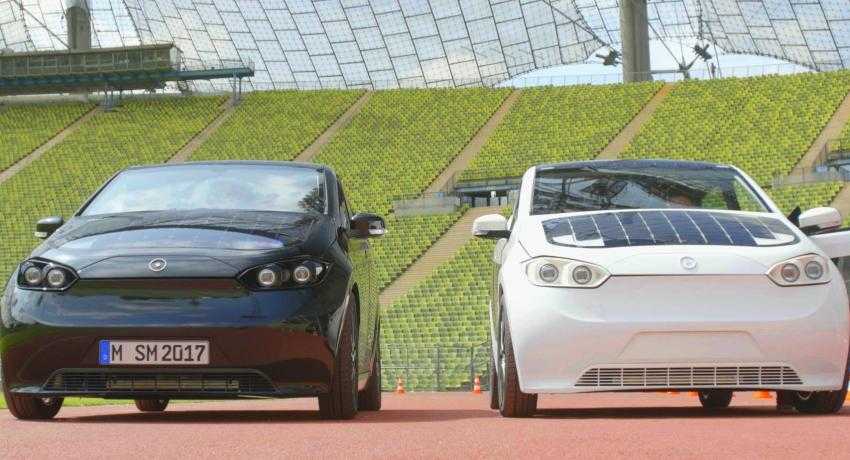What’s Happening in The World of Solar Powered Cars
Solar powered cars have come to the forefront with a renewed interest in sustainable energy systems. Several automobile companies are working hard towards creating efficient solar cars. The technology is expected to revolutionize the future of automotive industry.
Understanding Solar Cars
Solar cars are a type of electric vehicles that use photovoltaic cells for converting sun’s energy into electricity. These cars have solar cells for storing some energy for smooth rides at night or when direct sunlight is not available. Solar powered cars can help with noise as well as environmental pollution if used on a large scale.
Solar Cars in the Making
There are several prototypes of solar-powered vehicles in development right now. Hybrid solar cars are being developed by both small and large automakers. Solar vehicle market, as per estimates, is probably going to reach $689 billion by 2027. Interim technology has already allowed automobile companies to work on ways of capitalizing the idea. This includes solar roof panels for charging internal systems and batteries.
Sion built by Sono Motors is another interesting concept in the solar car industry. Sion is claimed to be the first commercially possible hybrid solar electric car. It can charge completely on solar power to offer a range of 166 miles. There are 248 solar cells on the car’s body.
It takes up to 30 minutes for an 80% charge at the charge station which is still not feasible for most people. However, Sion is built as a hybrid. It can be run on solar powered energy in addition to electric charge. The car is not designed to run alone on solar energy.
Hyundai, Toyota, and other companies are working on creating a fully functional solar vehicle as well.
Technological and Design Limitations in Solar Powered Vehicles
There are a number of challenges faced by solar car manufacturers in terms of technological and design limitations. Most of these are tied to the vehicle’s aesthetics. The car needs to be big and flat enough to accommodate several solar panels. There is limited space for it on the current prototypes.
This is one of the reasons why most solar vehicles created so far are not for regular use, but, solar car races. The fastest solar car right now is the Sunswift IV created for Solar Racing by the students of the University of New South Wales. The car has similar technology to that used in aerospace and bicycles.
Until now no vehicle has been designed that can rely 100% on solar energy alone. In addition, the vehicles have designs that are not commercially viable. For instance, the roof of these vehicles is often flat and massive. This is to accommodate additional solar panels. They are built from ultralight metals and materials to conserve the usage of energy.
However, this also means that the vehicle may not survive a crash. In most instances, the car can only seat one person comfortably without any luggage. Solar panels are not light or cheap. A lot of weight is already added to the car by packing the body with solar panels.




